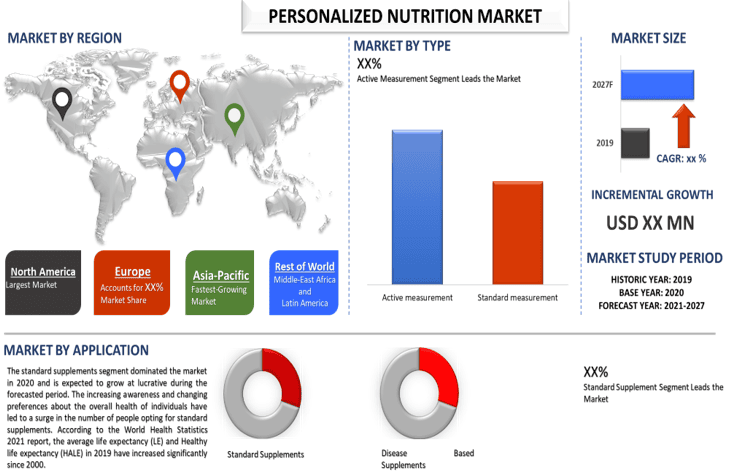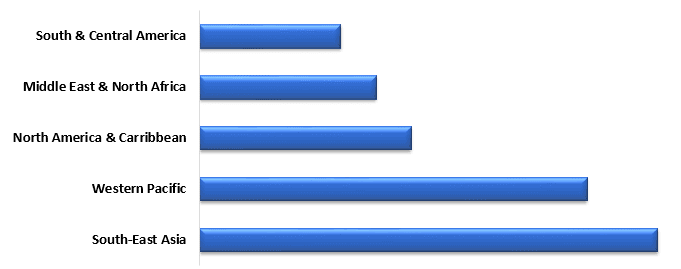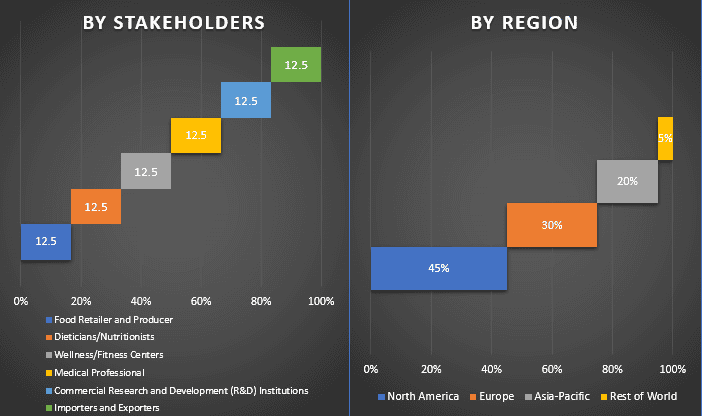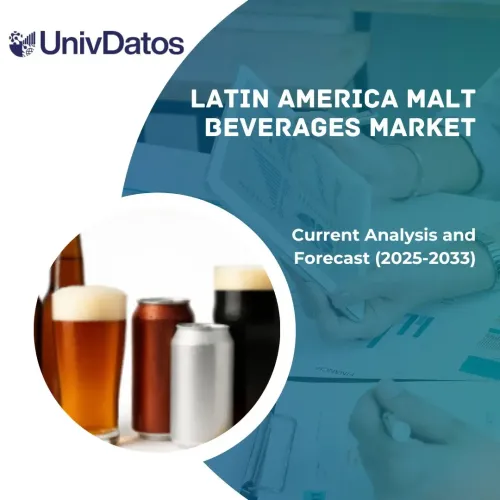- Home
- About Us
- Industry
- Services
- Reading
- Contact Us
Personalized Nutrition Market: Current Analysis and Forecast (2021-2027)
Emphasis on Type (Active, Standard); Application (Standard, Disease-Based); End-Use (Direct-to-consumer, Wellness & Fitness centers, Hospitals & Clinics); Region/Country

Personalized Nutrition Market 2
The personalized nutrition market is expected to grow at a CAGR of ~12% during the forecast period to reach market size of more than US$19 billion by 2027. Personalized nutrition comprises the tailoring of dietary advice for the improvement of health, based on individual body characteristics. The tailoring of dietary advice is done based on a person’s eating habits and weight to their genetics and cholesterol levels. The overall objective of personalized nutrition is to preserve health by using genetic, medical, phenotypic, and nutritional information about individuals to deliver more specific healthy eating guidance and other nutritional products and services. A balanced diet supports good health as it delivers enough energy, proteins, vitamins, minerals, essential fats, micro, and macronutrients for the metabolic needs of the body. The absence of nutrition and balanced food leads to health problems such as obesity, diabetes, and malnutrition. Nearly half of all deaths in children under 5 occur due to undernutrition. Undernutrition puts children at a higher risk of dying from common infections, surges the severity and frequency of such infections, and delays recovery. As per WHO, globally in 2020, 149 million children under 5 were estimated to be stunted (too short for age), 45 million were estimated to be wasted (too thin for height), and 38.9 million were overweight or obese.
Global Number of Diabetes (20–79 years), 2019

Insights Presented in the Report
“Amongst Type, Active Measurement segment holds the major share.”
Based on Type, the market is fragmented into Active measurement and Standard measurement. The Active measurement segment dominated the market in 2020 and is expected to grow at lucrative during the forecasted period. Active measurement tools consist of testing kits, apps, and programs. These generally provide a more accurate and customizable nutrient profile based on an individual’s requirements.
In June 2020, ZOE launched a test kit and app that uses artificial intelligence (AI) to develop personalized eating plans based on a person’s unique gut microbes and dietary inflammation.
In January 2020, a US-based Baze company recently received its approval from the US Food and Drug Administration (FDA) for its at-home blood collection process, which permits customers to assess their blood nutrient status.
Furthermore, Mako Medical Laboratories has developed a genetic test targeted at nutrition performance and customized meal plans, created to help consumers know exactly what their body needs and what foods should be eaten to optimize performance.
“Amongst Application, Standard Supplements segment holds the major share.”
Based on Application, the market is fragmented into Standard supplements and Disease-based. The standard supplements segment dominated the market in 2020 and is expected to grow at lucrative during the forecasted period. The increasing awareness and changing preferences about the overall health of individuals have led to a surge in the number of people opting for standard supplements. According to the World Health Statistics 2021 report, the average life expectancy (LE) and Healthy life expectancy (HALE) in 2019 have increased significantly since 2000.
“Amongst End-use, Direct-to-Consumer segment is anticipated to grow at the highest CAGR during the analyzed period.”
Based on End-use, the market is fragmented into Direct-to-consumer, Wellness & Fitness centers, and Hospitals & Clinics. The Direct-to-consumer segment holds the largest share in 2020 and is expected to register the highest CAGR in the upcoming period due to the changing preferences of consumers for nutrition-rich products for the enhancement of their health. The rising consumer acceptance of personalized nutrition mainly depends on the interplay of its benefits and risks. The rising knowledge of the relationship between nutrition and genes mainly drives consumer acceptance. As per the Nielsen (2017) report, around 64% of the consumers follow dietary restrictions, either for personal or medical reasons. Nowadays, consumers are more concerned about diet that prevents the onset of diseases and improves their health. Hence, consumers are preferring personalized nutrition plans and according to the while Mintel report, 42% of UK consumers prefer a personalized diet based on their genetic information.
“North America signifies one of the largest markets and is expected to be the fastest-growing markets of Personalized Nutrition market.”
For a better understanding of the market adoption of Personalized Nutrition, the market is analyzed based on its worldwide presence in the countries such as North America (United States, Canada, and the Rest of North America), Europe (Germany, France, Spain, United Kingdom and Rest of Europe), Asia-Pacific (China, Japan, India, Australia, and Rest of APAC), and Rest of World. North America will dominate the Personalized Nutrition market on account of the rising health awareness. In addition, the rising obesity rates in the regions and hectic schedules are encouraging consumers to opt for specialized dietary supplements. Moreover, the rise in disposable income, increasing adoption of smartphones, advancements in coverage networks, and a surge in demand for telehealthcare services also drive the market growth. As per the survey conducted by Pew Research Center in the U.S (2021) 97% of Americans own a cellphone and about three-quarters of U.S. adults now own a desktop or laptop computer. Some of the major players operating in the market include Amway, BASF, DSM, Herbalife Nutrition Ltd, DNA fit, Nutrigenomix, Zipongo, Viome, Habit, and Atlas Biomed Group Limited. Several M&As along with partnerships have been undertaken by these players to boost their presence in different regions.
Reasons to buy this report:
- The study includes market sizing and forecasting analysis validated by authenticated key industry experts
- The report presents a quick review of overall industry performance at one glance
- The report covers an in-depth analysis of prominent industry peers with a primary focus on key business financials, product portfolio, expansion strategies, and recent developments
- Detailed examination of drivers, restraints, key trends, and opportunities prevailing in the industry
- The study comprehensively covers the market across different segments
- Deep dive regional level analysis of the industry
Customization Options:
The Personalized Nutrition market can further be customized as per the requirement or any other market segment. Besides this, UMI understands that you may have your own business needs, hence feel free to connect with us to get a report that completely suits your requirements.
Table of Content
Analyzing the historical market, estimation of the current market, and forecasting the future market of the Global Personalized Nutrition market were the three major steps undertaken to create and analyze the adoption of Personalized Nutrition for the different applications across major Applications such as Standard supplements and Disease-based. Exhaustive secondary research was conducted to collect the historical market numbers and estimate the current market size. Secondly, to validate these insights, numerous findings and assumptions were taken into consideration. Moreover, exhaustive primary interviews were also conducted, with industry experts across the value chain of the Personalized Nutrition sector. Post assumption and validation of market numbers through primary interviews, we employed a top-down approach to forecasting the complete market size. Thereafter, market breakdown and data triangulation methods were adopted to estimate and analyze the market size of segments and sub-segments the industry pertains to.
Detailed methodology is explained below:
Analysis of Historical Market Size
Step 1: In-Depth Study of Secondary Sources:
The detailed secondary study was conducted to obtain the historical market size of the Personalized Nutrition through company internal sources such as annual reports & financial statements, performance presentations, press releases, etc., and external sources including journals, news & articles, government publications, competitor publications, sector reports, third-party database, and other credible publications.
Step 2: Market Segmentation:
After obtaining the historical market size of the Personalized Nutrition market, we conducted a detailed secondary analysis to gather historical market insights and share for different segments for major regions. Major segments included in the report are Type, Application, End-use, and Region. Further country-level analyses were conducted to evaluate the overall adoption of Personalized Nutrition in every region.
Step 3: Factor Analysis:
After acquiring the historical market size of different segments and sub-segments, we conducted a detailed factor analysis to estimate the current market size of Personalized Nutrition. Further, we conducted factor analysis using dependent and independent variables such as rising health awareness, and the rising aging population coupled with the high prevalence of chronic diseases across different regions.
Current Market Size Estimate & Forecast
Current Market Sizing: Based on actionable insights from the above 3 steps, we arrived at the current market size, key players in the Personalized Nutrition Market, and market shares of the segments. All the required percentage shares split, and market breakdowns were determined using the above-mentioned secondary approach and were verified through primary interviews.
Estimation & Forecasting: For market estimation and forecast, weights were assigned to different factors including drivers & trends, restraints, and opportunities available for the stakeholders. After analyzing these factors, relevant forecasting techniques i.e., the top-down approach was applied to arrive at the market forecast about 2027 for different segments and subsegments across the major markets globally. The research methodology adopted to estimate the market size encompasses:
- The industry’s market size, in terms of value (USD) and the adoption rate of Personalized Nutrition across the major markets domestically
- All percentage shares, splits, and breakdowns of market segments and sub-segments
- Key players in the Personalized Nutrition market in terms of services offered. Also, the growth strategies adopted by these players to compete in the fast-growing market.
Market Size and Share Validation
Primary Research: In-depth interviews were conducted with the Key Opinion Leaders (KOLs) including Top Level Executives (CXO/VPs, Sales Head, Marketing Head, Operational Head, and Regional Head, Country Head, etc.) across major regions. Primary research findings were then summarized, and statistical analysis was performed to prove the stated hypothesis. Inputs from primary research were consolidated with secondary findings, hence turning information into actionable insights.
Split of Primary Participants in Different Regions

Market Engineering
Data triangulation technique was employed to complete the overall market estimation and to arrive at precise statistical numbers of each segment and sub-segment of the Personalized Nutrition market. Data was split into several segments & sub-segments post studying various parameters and trends in the areas of Type, Application, End-use, and Region of the Personalized Nutrition market.
Main Objective of the Personalized Nutrition Market Study
The current & future market trends of Personalized Nutrition were pinpointed in the study. Investors can gain strategic insights to base their discretion for investments from the qualitative and quantitative analysis performed in the study. Current and future market trends were determined the overall attractiveness of the market at a regional level, providing a platform for the industrial participant to exploit the untapped market to benefit as a first-mover advantage. Other quantitative goals of the studies include:
- Analyze the current and forecast market size of Personalized Nutrition in terms of value (USD). Also, analyze the current and forecast market size of different segments and sub-segments.
- Segments in the study include areas of Type, Application, End-use, and Region
- Define and analysis of the regulatory framework for the Personalized Nutrition industry
- Analyze the value chain involved with the presence of various intermediaries, along with analyzing customer and competitor behaviors of the industry
- Analyze the current and forecast market size of the Personalized Nutrition market for the major region
- Major regions studied in the report include North America (the United States and Canada), Europe (Germany, France, Spain, and United Kingdom), Asia-Pacific (China, Japan, India, and Australia), and the Rest of the World
- Company profiles of the Personalized Nutrition market and the growth strategies adopted by the market players to sustain in the fast-growing market
- Deep dive regional level analysis of the industry
Related Reports
Customers who bought this item also bought










